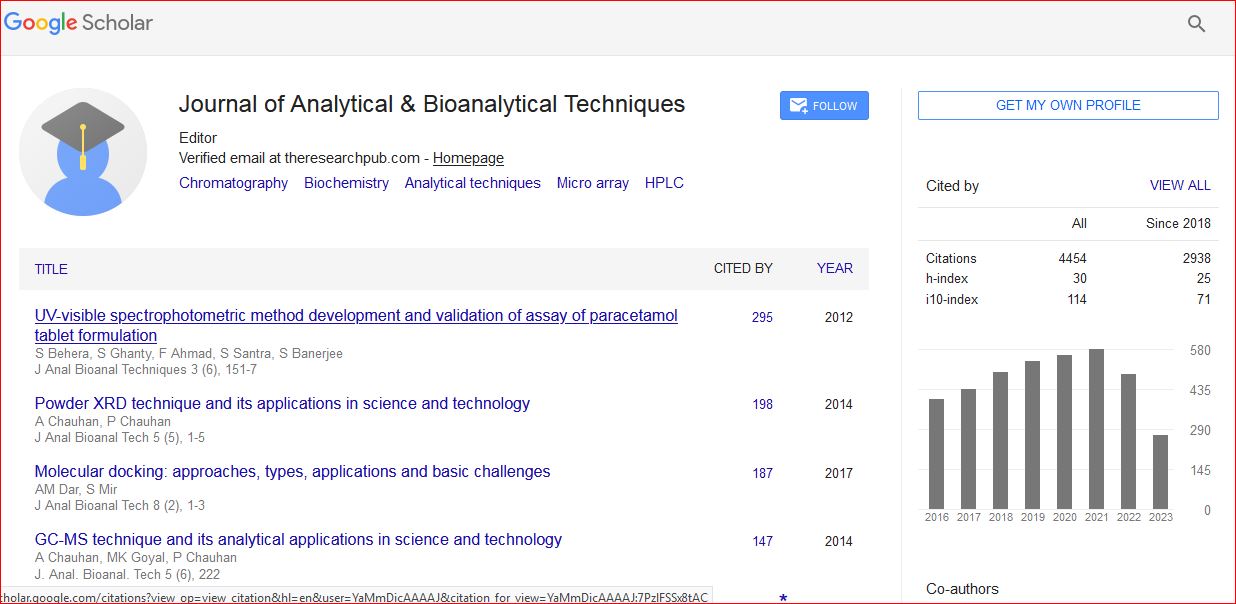Research Article
Features of N-Glycosylation of Immunoglobulins from Knockout Pig Models
Marjorie Buist1, Emy Komatsu1, Paul G Lopez1, Lauren Girard1, Edward Bodnar1, Apolline Salama2,3, David H Sachs4, Cesare Galli5,6,7,8, Andrea Perota5, Sophie Conchon2, Jean-Paul Judor2, Jean-Paul Concordet9, Giovanna Lazzari5,6, Jean-Paul Soulillou2,8 and Hélène Perreault1*
1Department of Chemistry, University of Manitoba, Canada
2INSERM UMR 10-64, Institut de Transplantation Urology Nephrology (ITUN), Université de Nantes, France
4Massachusetts General Hospital, Harvard University, Cambridge, MA, USA
5Avantea Laboratory of Reproductive Technologies, Cremona, Italy
6Avantea Foundation, Cremona, Italy
7Department of Veterinary Medical Sciences, University of Bologna, Ozzano Emilia, Italy
8Translink Framework Program (FP7), Padova, Italy
9Université Paris Descartes, Paris, France
- *Corresponding Author:
- Hélène Perreault
Department of Chemistry, University of Manitoba
144 Dysart Road Winnipeg, Manitoba Canada R3T
Tel: 12044747418
Fax: 12044747608
E-mail: 2N2Helene.Perreault@umanitoba.ca
Received date: July 23, 2016; Accepted date: August 04, 2016; Published date: August 08, 2016
Citation: Buist M, Komatsu E, Lopez PG, Girard L, Bodnar E, et al. (2016) Features of N-Glycosylation of Immunoglobulins from Knockout Pig Models. J Anal Bioanal Tech 7:333. doi: 10.4172/2155-9872.1000333
Copyright: © 2016 Buist M, et al. This is an open-access article distributed under the terms of the Creative Commons Attribution License, which permits unrestricted use, distribution, and reproduction in any medium, provided the original author and source are credited.
Abstract
For the first time, the N-glycosylation patterns of immunoglobulin G (IgGs) isolated from the serum of two varieties of knockout pigs (lacking N-glycolylneuraminic acid (Neu5Gc) and/or α 1,3 galactose) were examined for the presence of potential glycan xenoantigens and compared to N-glycosylation patterns obtained for wild-type (WT) pig IgGs. Glycopeptide analysis was chosen over glycan release, as protein-A eluates from pig serum may contain IgA and IgM as shown previously. The experiments focused on the analysis of tryptic glycopeptides EEQFNSTYR and AEQFNSTYR from IgGs, and excluded IgA and IgM, in which N-glycosylated peptides have different sequences and masses. WT pig IgG glycopeptides showed the presence of N-glycolylneuraminic acid (Neu5Gc) and absence of N-acetylneuraminic acid (Neu5Ac). Released glycans from the protein-A eluate, however, showed the presence of both types of sialic acids, allowing Neu5Ac to be attributed to IgA and/or IgM. The WT IgG samples also showed the presence of glycans that could by composition have been α-galactosylated, but treatments with α- and β-galactosidases produced inconclusive results as to the linkage nature of the terminal Gal residues. Single knockout (α-Gal transferase) pig IgG was shown to contain Neu5Gc residues, and there was a definite absence of α-Gal. Double knockout pigs (DKO for α-Gal transferase and cytidine monophosphate-A-acetylneuraminic acid hydroxylase (CMAH)) showed the definite absence of α-Gal and Neu5Gc. Instead of the latter, Neu5Ac residues were observed. Further investigation into the sialylation patterns of WT and DKO pig IgGs consisted of esterifying the glycopeptides to allow the detection and differentiation of α-2,3 and α-2,6 sialic acid-galactose linkages. Fucosylation levels were also compared between IgG species.

 Spanish
Spanish  Chinese
Chinese  Russian
Russian  German
German  French
French  Japanese
Japanese  Portuguese
Portuguese  Hindi
Hindi 
